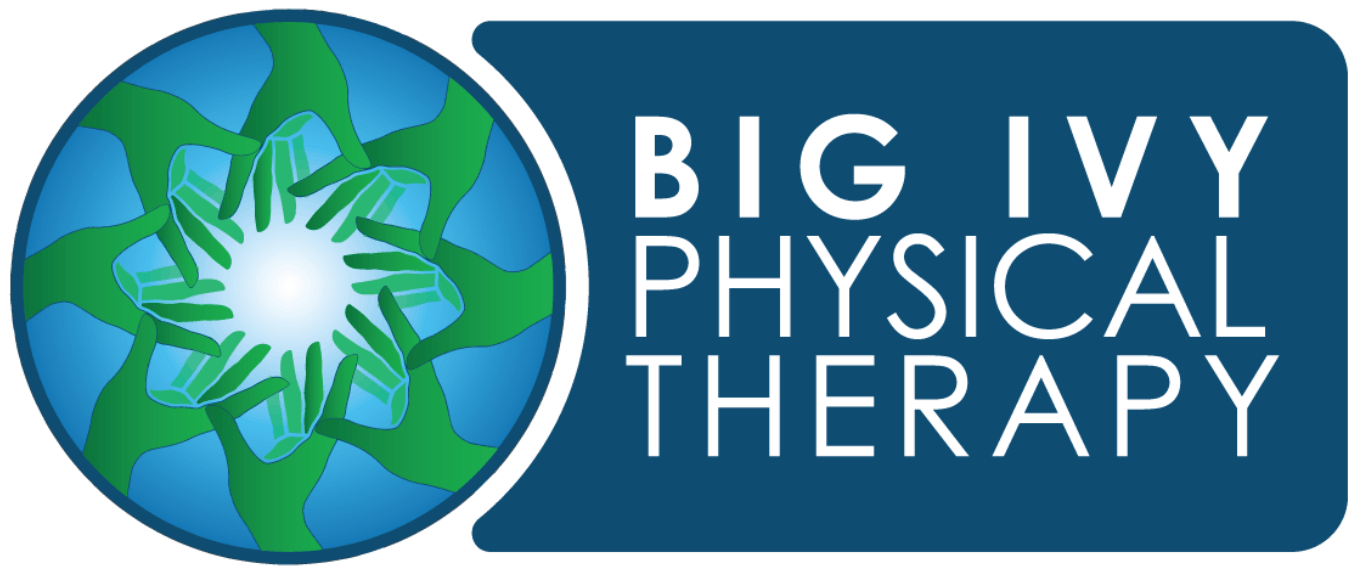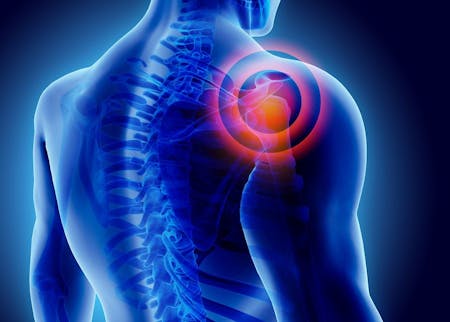Joint Pain
Joint pain is discomfort or pain in any part of where two or more bones meet to form a joint including cartilage and bone within the joint or ligaments, tendons, muscles and bursae surrounding the joint. It is usually caused by damage resulting from normal wear and tear.
Common conditions that cause joint pain include:
- Arthritis (Arthralgia) - Osteoarthritis (OA), Rheumatoid Arthritis (RA)
- Muscle Strain - over-stretching or tearing of a muscle
- Tendon Strain - over-stretching or tearing of a tendon (tissue connecting muscle to bone)
- Sprains - over-stretching or tearing of a ligament (band of tissues that connect two bones)
- Fibromyalgia - an autoimmune disorder causing widespread muscle pain and tenderness
- Bursitis - inflammation of the fluid-filled sacs that protect the joint
If you are suffering with any of the above-mentioned signs or symptoms in your joints, chances are, our physical therapists can help.
Most joint pain can be treated non-surgically with low-impact activities, ice packs, over-the-counter pain medications and physical therapy. However, you should see a physician if you have these symptoms:
- Pain accompanied by redness or swelling
- Warmth around the joint
- Normal, everyday activities are painful or becoming more difficult to do
The following symptoms are serious and require immediate medical attention:
- Intense pain
- Joint deformity
- Sudden swelling
- Unable to move the joint
- A fever of 102°F (39°C) or higher
Arthritis
Physical therapists (PTs) are experts in the art and science of the evaluation and treatment of human movement dysfunctions. We care for people of all ages and treat a variety of muscle, joint and neurological conditions.
Conditions we have successfully treated:
- Joint Pain
- Osteoarthritis
- Rheumatoid Arthritis
- Knee Arthritis
- Hip Arthritis
- Shoulder Arthritis
- Hand Arthritis
What are my treatment options?
- Drugs
- Epidural Injections
- Surgery
- Physical Therapy*
Advantages of Physical Therapy:
- No side effects.
- Cost-effective.
- Supported by clinical research*.
- Customized to treat the underlying cause.
Your Recovery Process:
- Recovery of Joint Motion
- Recovery of Strength
- Pain Relief
- Improved Function
- Independent Care
Components of Your Care:
- A thorough biomechanical evaluation.
- Extensive patient education.
- A customized treatment plan.
- Effective joint mobilization techniques to decrease joint stiffness.
- Pain-relieving modalities such as ice, heat, ultrasound or electrical stimulation.
- Targeted stretching for tight muscles.
- Progressive strength training.
- Balance and functional re-education.
Everyone is different. You may require one or two visits, or an extended care plan over several weeks or months. If you’re ready for relief, and tired of “masking” your pain, treat the cause, not just the symptoms!
* Physical therapy techniques are recommended for arthritis of the knee, hip, shoulder, and hand. Physical Therapy 2005 85: 907-971; Physical Therapy 2004 84: 934-972.

